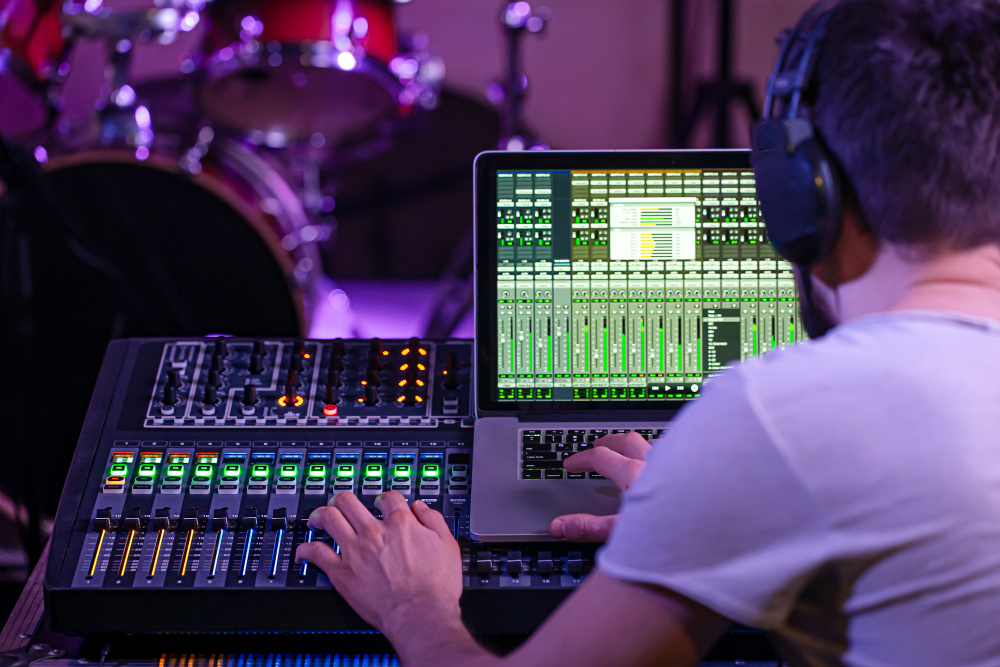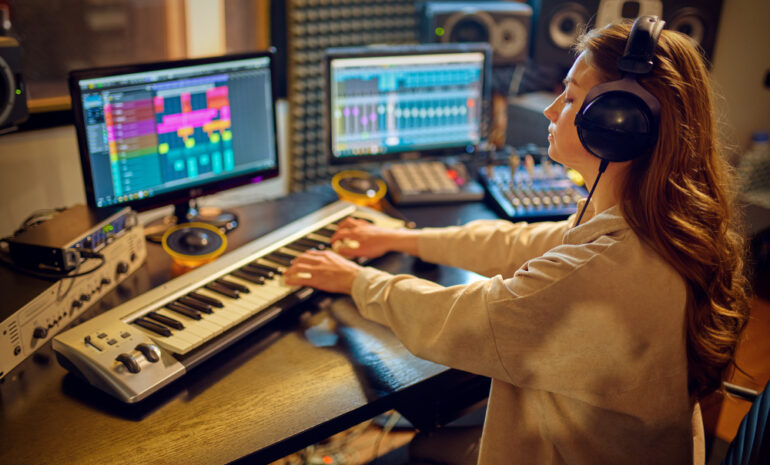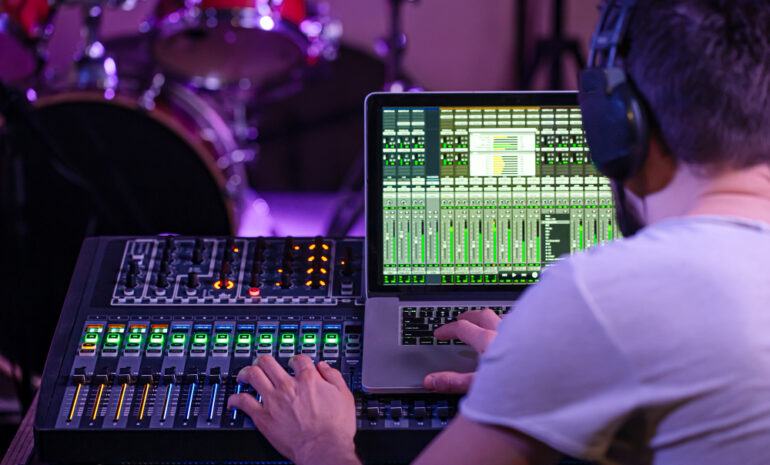In the digital age, the collaboration between film directors and composers has reached new heights, thanks to the transformative power of technology. This dynamic partnership is the bedrock of a film’s emotional impact and narrative depth. In this blog, we will explore how advancements in technology have revolutionized the way film directors and composers work together, enhancing the storytelling experience for audiences worldwide.
Real-Time Communication and Collaboration Platforms:
Technology has enabled film directors and composers to communicate seamlessly, regardless of geographical distances. Tools like video conferencing, cloud-based file sharing, and project management software facilitate real-time discussions, making it easier to exchange ideas and provide instant feedback.
Digital Storyboarding and Pre-Visualization:
Digital storyboarding tools allow directors to create visual representations of scenes, which can be shared instantly with composers. This helps composers gain a clear understanding of the director’s vision, ensuring that the music complements and enhances the visual storytelling.
Temp Tracks and Creative Direction:
Directors can now use temp tracks – temporary music placeholders – to convey their musical preferences and intentions. This provides composers with valuable insights into the director’s musical vision, serving as a starting point for discussions and creative exploration.
Collaborative Composition Platforms:
Cloud-based composition platforms allow composers to share their work with directors in real time. Directors can listen to different musical iterations, provide feedback, and even make annotations directly on the composition, streamlining the collaborative process.
Scoring to Picture with Precision:
Digital tools allow composers to synchronize their compositions with the visual elements of a film with unparalleled precision. This ensures that every musical cue aligns perfectly with the pacing, mood, and emotions portrayed on screen.
Virtual Orchestration and Sampling:
Composers have access to vast libraries of virtual instruments and sample libraries, enabling them to create realistic, orchestral soundscapes without the need for a live ensemble. This not only expands creative possibilities but also accommodates projects with budget constraints.
Interactive Scoring and Adaptive Music:
Technology allows composers to create scores that respond dynamically to viewer actions or the narrative flow of a film. This interactive approach enhances audience engagement and provides a personalized viewing experience.
Secure File Sharing and Version Control:
Directors and composers can securely share and collaborate on large files through cloud-based platforms. Version control features ensure that both parties have access to the latest versions of compositions and visual elements, minimizing the risk of miscommunication.
Global Talent Pool:
Technology has democratized access to talent, allowing directors to collaborate with composers from around the world. This diversity in musical styles and influences enriches the creative process and brings fresh perspectives to film scoring.
Efficient Post-Production Process:
Digital workflows streamline the post-production process, allowing for efficient revisions, mixing, and mastering. This ensures that the final film score aligns seamlessly with the visual elements of the film.
The collaboration between film directors and composers in the digital age is a testament to the power of technology to enhance storytelling. With real-time communication, collaborative platforms, and an array of digital tools, directors and composers can work together more effectively than ever before. This dynamic partnership continues to evolve, pushing the boundaries of creativity and innovation in film scoring, ultimately delivering more powerful and emotionally resonant cinematic experiences for audiences worldwide.


